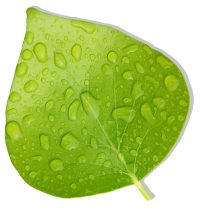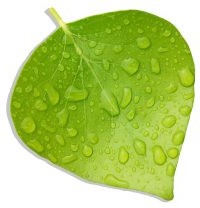Worm Composting
Harness the Power of the
Mighty Earthworm
Worm composting is one of the most fascinating projects you’ll ever undertake in your organic garden.
Ensenia foetida, the red worm is the one most commonly used to produce worm castings, a valuable and easy to use fertilizer.
The red worms that you find at fishing tackle shops, or under that bag of steer manure you’ve been planning to use but neglected for a while are the ones you want.
They are dark burgundy in colour, and extremely active – for this reason they’re also called red wigglers.
Keep in mind that each generation is specifically engineered to eat whatever they are spawned in – so if they are found in horse manure, that’s what they have evolved to consume, the same applies to ones found in leaf mold, under rocks in a muddy area and so on.
Quite often, if you look carefully, you will find the tiny yellow lemon shaped egg capsules.
Each egg capsule hatches out several to a dozen new baby worms into whatever the parent worms were eating when they bred, and so the new worms will thrive on that too.
It has to do with certain bacteria that inhabit their gut, and if the worms are moved, they might lack the right beneficial flora to help them digest the compost.
It won’t matter how fancy a bin you have, or the variety and amount of kitchen scraps, if the worms can’t digest it, your worm composting efforts will be for naught.
Not to worry; most earth worms have the ability to breed quickly when necessary, and the next generations will be more suited to their diet.
I usually save any red worms I find in my garden and put them in the compost bins ranged around the organic garden.
If there are a couple of shovels full of the native soil added to each bin, the worms will have the right kind of bacteria until they can produce new kinds for the new diet.
Worm composting for me has been most successful when I can keep the pile warm enough through the winter that the worms stay active.
This gives them enough time to thoroughly digest most of the scraps saved up through the fall and early winter to break it down into usable, rich, nutritious compost by the spring.
As the compost breaks down and the worms digest all the fresh or partly rotted stuff you put into the bin, the worms will die out.
The capsules left behind are dormant until the conditions are right for the many tiny white worms to hatch out and start their role as digesters in the complex system we call worm composting.
To find out more about my secret method of insulated worm farming, sign up for the Composting E-Course (your free bonus when you subscribe to Out in the O-Garden Newsletter).



New! Comments
Have your say about what you just read! Leave me a comment in the box below.